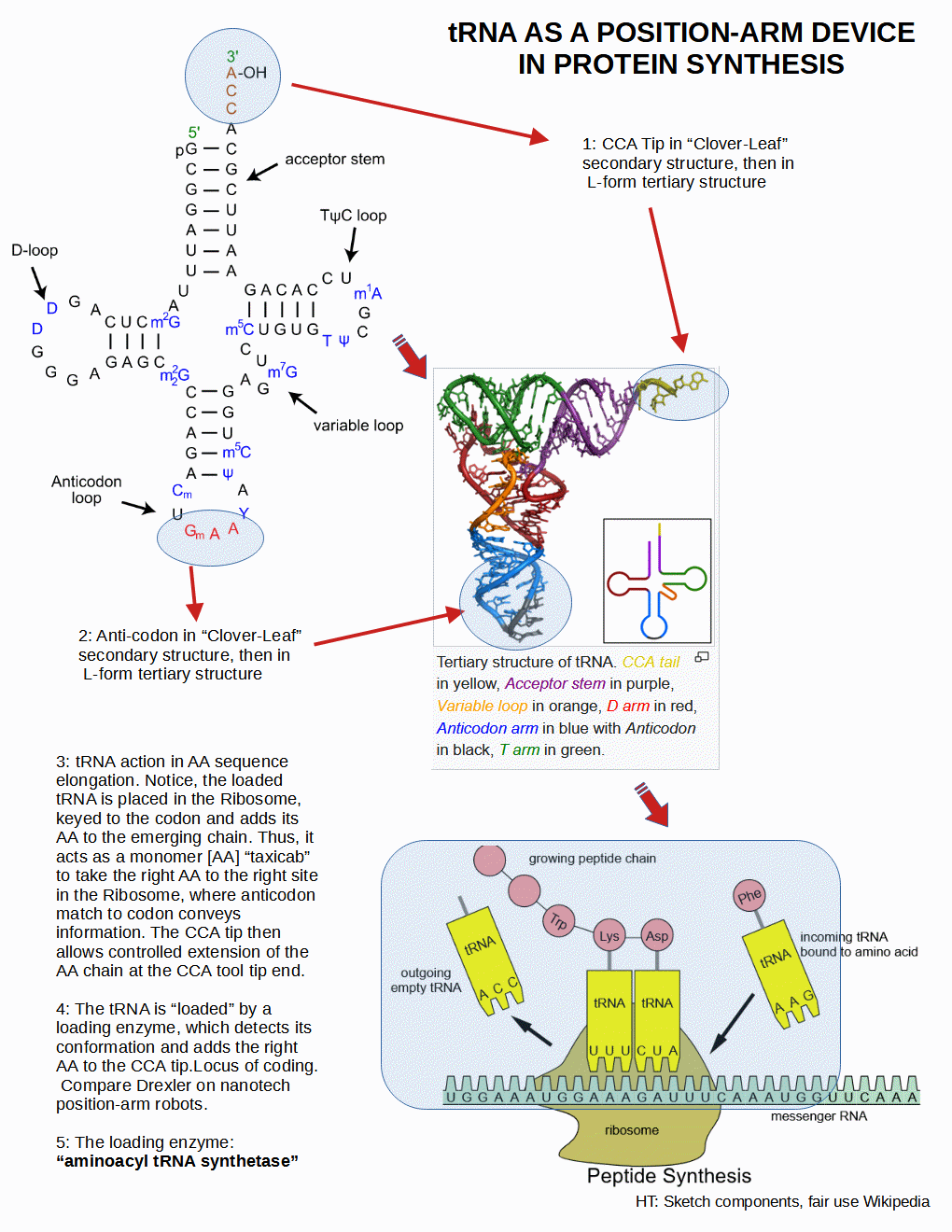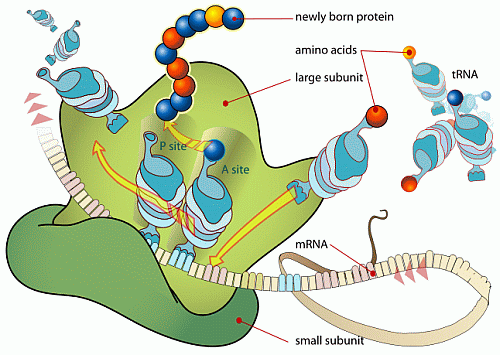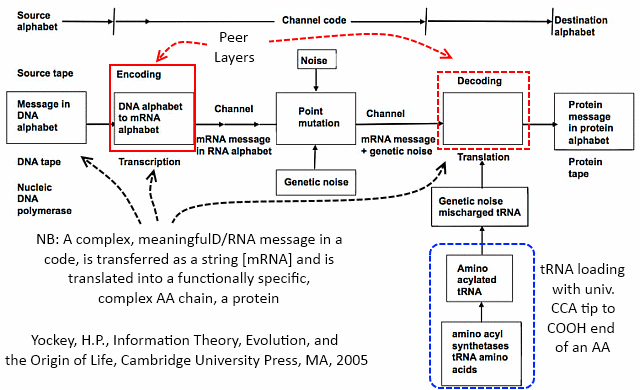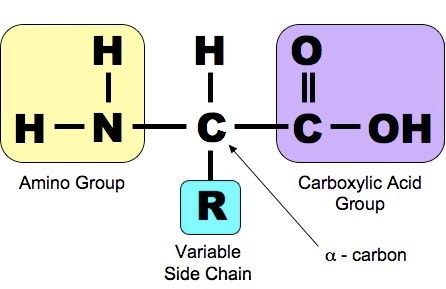From screen shot:

No, authors cannot target a specific commenter.
U/D, May 15: How to contact UD and how to see weak argument corrections:

One trusts this is enough. END
F/N, May 14: It being now an obvious tactic to sidetrack non technical UD threads into ID debates (even where there is a thread that is live on the topic with relevant information, graphics and video) I will augment basic correction below by adding here a chart showing tRNA as a Drexler style molecular nanotech position-arm device:

We may expand our view of the Ribosome’s action:

As a comparison, here is punched paper tape used formerly to store digital information:

In Yockey’s communication system framework, we now can see the loading [blue dotted box] and how tRNA is involved in translation, as the AA chain towards protein formation is created, step by step — algorithm — under control of the mRNA chain of three base codons that match successive tRNA anticodons, the matching, of course is by key-lock fitting of G-C or C-G and A-T or T-A, a 4-state, prong height digital code:

Further to this, DNA has been extended with other similar monomers, and DNA has been used as a general purpose information storage medium for digital codes, apparently even including for movie files.
The point of this is, for record, to expose and correct how hyperskeptical objectors have inappropriately tried to deny that D/RNA acts as a string based digital information storage unit, that it holds algorithmic code used in protein synthesis, and latterly that tRNA acts in this process in the role of a position-arm nanotech robot device with a CCA tool tip, CCA being a universal joint that attaches to the COOH end of an AA.
Speaking of which, AA structure, with side branches [R] and chaining links, i.e. NH2-alpha Carbon + R – COOH:
